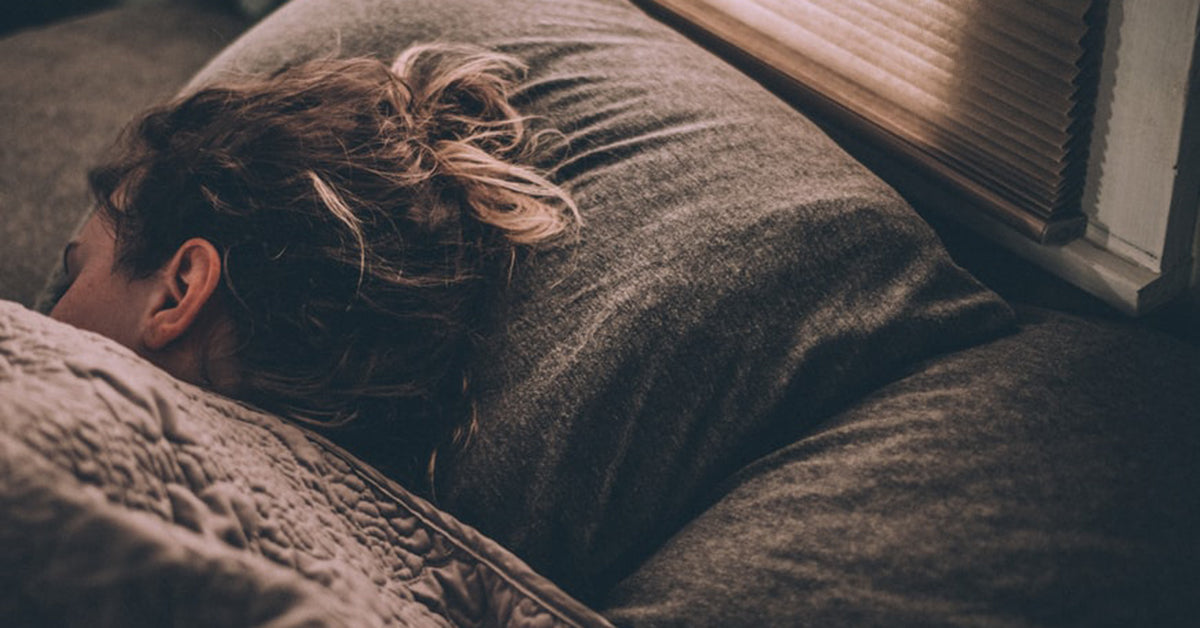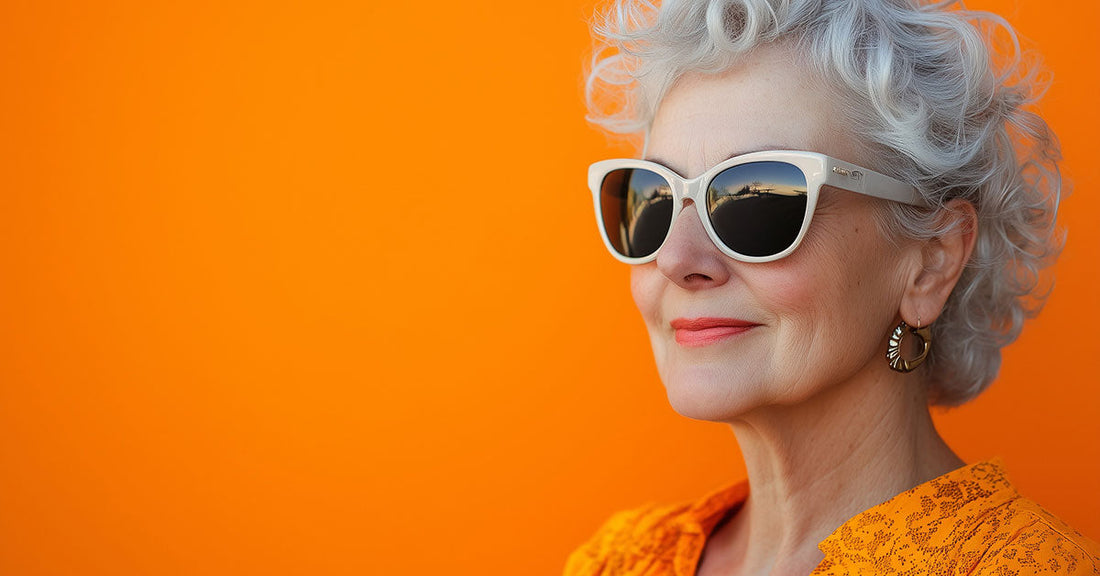The cliche “beauty sleep” exists for a reason, but we still undervalue the role that rest plays in our health and skincare. It’s easy to see why. Most of the beneficial processes happen while we’re asleep. Well, most of them.
A good night’s sleep is vital for life in general. But when it comes to skincare, the habits and sleep patterns we form greatly impact how much of that vitality we get out of resting. There are things we do before, during, and after bedtime that impact skin quality and overall health.
Today, we’ll look at the habits we need to form to get the most out of our beauty sleep. Before we break down the best practices you can apply, we need to talk about sleep itself. Why is it so good for us, and what happens when we neglect it?
Why sleep is vital to healthy skin
A 2017 study looked at the negative effects of restricted sleep. These effects went beyond the mental and mood-related issues of being tired. The study found sleep restriction negatively affects how we’re perceived because of the visible strain on appearance. Even with participants only going through two days of restricted sleep, the study suggested: “naturalistic sleep loss can be detected in a face.”
This is consistent with research on the facial cues we recognize as signs of sleep deprivation. These cues include:
- Darker circles under the eyes
- Wrinkles and fine lines
- Redder eyes
- More swollen eyes
- Drooping eyelids
So not getting enough sleep clearly has a visible impact. But let’s look at the positives now. What can we gain by creating better sleeping habits?
Health benefits of quality sleep
Our bodies repair themselves best when we're asleep. You would think because we’re not active that everything slows down, but this is when restorative functions kick into overdrive.
Blood flow in the skin increases. Melatonin, the hormone that makes us sleepy, starts rising in the evening to signal bedtime, but it has a secondary function too. Our skin uses it to repair UV damage and restore healthy collagen levels. Collagen is the main protein that gives our skin structure and elasticity, giving it that youthful, firm appearance.
Simply put, good sleep promotes vitality through restoration. Not getting enough sleep limits the time our skin can repair itself, and how effectively it can heal. So what can you do to support your body’s natural restoration cycle?
How to get better quality sleep for your skin
Get enough sleep
Making sure you get enough sleep every night is the best thing you can do for your overall health. The general consensus around length is 8 hours a night, but there are nuances to this.
Our sleep needs vary at different stages of our lives. Just look at newborns, who need 14-17 hours of sleep for healthy development. For adults, the healthiest range is between 7-9 hours. For teenagers, this range is slightly higher at 8-10 hours because of the demands of puberty.
The best way to form a good bedtime routine is to look at your schedule, specifically when you have to wake up. Work and school are the main reasons to rise early, so prioritize quieter evenings and earlier bedtimes where possible.
Sleep on your back
How you sleep can be as important as how long you sleep. Let's stick with 8 hours as the recommended length. If we only slept on our stomachs or sides, we would spend a third of our lives with our faces pressed into a pillow.
These sleep positions apply facial pressure that irritates the skin, blocks follicles, and restricts circulation. Over time, these stressors can cause acne, deepening lines, and puffy eyes.
Sleeping on your back is the best way to prevent this. It can be a strange position to get into if you’re not used to it, but the habit forms with a few nights of repetition. Sleeping on your back can also:
- Ease tension headaches
- Help maintain spine alignment
- Ease neck and back pain
These benefits also make it easier to sleep through the night without disruption.
The right pillowcase
Pressure isn’t the only way your pillow impacts your skin. Depending on the fabric, your pillowcase can be an irritant too.
Rougher fibers like cotton produce more friction when your face rubs against them, damaging skin and hair. Cotton fibers are also highly absorbent. While cotton pads are great for cleaning pores, a cotton pillowcase absorbs essential oils overnight, drying out your skin.
Medical experts recommend silk pillowcases for their beneficial properties. Some benefits of silk pillowcases:
- Softer fibers for frictionless surfaces
- Absorbs less moisture and dirt
- Hypoallergenic
- Non-irritant
- Regulates excess moisture to stay cool and breathable
Satin pillowcases offer the same benefits at a more affordable price. Whichever one you choose, you’re giving your skin the gentle support it needs overnight.
Pre-bedtime cleansing routine
No matter what we do, our skin comes into contact with irritants like dirt and sweat every day. Even makeup and excess natural oils can clog pores and irritate our faces. Going to bed without cleansing our faces properly makes it hard to reap the benefits of the other habits.
In that sense, a pre-bedtime cleansing routine is the most essential habit to form.
Start with wiping your face to remove dirt, excess oils and lotions, etc. Use a hydrating, non-lathering cleanser that won’t dry out your skin. Scrub gently to clean the surface with your fingertips instead of rough cloth material.
When rinsing, stick to lukewarm or cool water. Hot water can increase skin sensitivity and strip natural oils. Dry off with a clean towel (and here, cotton is absolutely perfect). Lastly, use a very light moisturizer to hydrate your skin before bed.
Weave sleeping habits into your skincare routine
Sleep is one of our most powerful states in terms of maintaining health. It’s when our restorative functions peak and where natural beauty repair happens. Give your skin the support it deserves by building these habits into your daily skincare routine.





